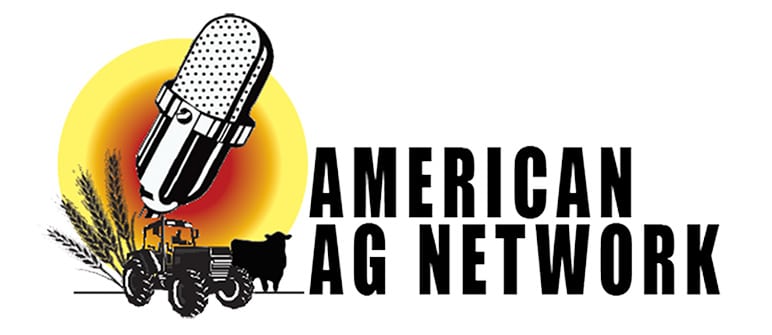The strength of the U.S. dollar compared to currency in other countries is a big factor in successfully exporting American ag commodities. The Federal Reserve says it won’t raise interest rates for now, and Mike Zuzolo of Global Commodity Analytics says that would typically be good news for U.S. exports.
Zuzolo says, “Well, it should have a dampening effect on the U.S. dollar, and it should have a dampening effect on higher bond yields. I think you and I talked about this the last time we got together that those were two major forces working against the commodity markets as we’ve come back from the WASDE report and generally speaking, as we’ve come back from the Christmas and New Year’s holiday, the dollar is now breaking back. For the price action after the holiday, we saw the dollar rally sharply. I think it goes back to China, and it goes back to the U.S. dollar being a safe haven in case we do have deflationary pressure in China that’s similar to what Japan experienced in the 90s. I think that’s where the market is thinking this market’s headed.”
The financial markets overseas are having a direct impact on world currencies, keeping them below the value of the U.S. dollar. Zuzolo says, “The biggest issue seems to me to be that because we can’t find a bottom in Hong Kong, we can’t find a bottom in Shanghai in the equity markets, that’s an indication that the money staying out of China, and therefore, the Chinese currency hit an eight-to-nine-week low in the offshore market against the U.S. dollar. That spills over into currencies like the Brazilian real, which would hit a fresh two-week low, almost a three-week low, against the U.S. dollar coming back from the holiday.”
If the dollar keeps strengthening against other currencies, farmers are likely looking at lower prices in the next few months.
Zuzolo says, “What I see happening next is that this dollar continues to be bought as a safe haven, then we take out the report day lows from last Friday, which we did in wheat already. But if we do that and the corn and beans, then technically speaking, and from the way these funds tend to trade, another five to eight percent lower is what I’m suggesting to clients and subscribers as a possibility for where we’re headed next as we get into February and that base price for the new crop corn and beans.”
Story courtesy of NAFB News Service


